originally posted at https://canmom.tumblr.com/post/644753...
Hello friends. It is once again a week where I have struggled to do the kind of extensive prep for Animation Night that I used to; nevertheless, I hope I have something interesting to show you…
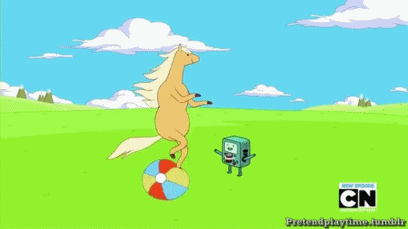
Tonight it’s the point in the three-week cycle where the Anti-Weaboo Pact mandates I must show some animation that was not made in Japan. So, pulling from my collection of Animation Night concepts, let’s scoop up one we mooted back on Hanukkah animation night: that brief window where Dreamworks was a group of ex-Disney animators competing with the Mouse at its own traditional-animation game, under the slightly dubious oversight of good old Jeffrey Katzenburg (and his pals, Steven Spielberg and music producer David Geffen, who together form the initialism Dreamworks SKG).
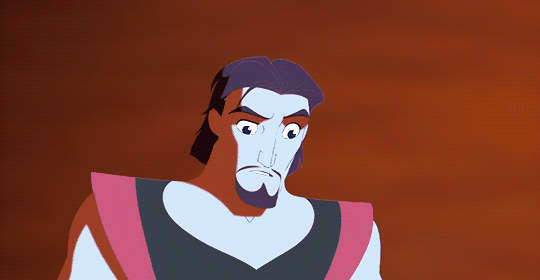
Despite being entirely the product of the most cynical showbiz capitalism, Dreamworks set out to a surprisingly impressive start - at least on the traditional animation side, let’s not talk about Antz.
We’ve already seen their incredible opening act, The Prince of Egypt (1998). Since then I’ve learned a little of how many key scenes in that movie, the ones that make you just sigh and say “how can anyone animate that good”, were the work of - guess who - James Baxter. The horse guy. Some of his old pencil tests are available on his youtube channel; here for example is a rough pass on Moses returning from having seen God, a scene that was entirely silent in the movie to lean on the strength of Baxter’s character acting:
The success of Prince suggests something of the space these guys were inclined to work in; Dreamworks followed this up with another traditionally animated movie in a historical setting centring on the totally not gay relationship between two young well-muscled guys, The Road to El Dorado. However, the film suffered a great deal of rewrites; Katzenberg decided midway through production that the film should change from something serious to an adventure-comedy and it sounds decidedly troubled.
El Dorado one takes after a certain tradition of animated films that deal with the genocidal colonisation of the ‘Americas’ one way or another, such as Disney’s Pocahontas or the French-Japanese series Mysterious Cities of Gold, by setting up a European protagonist who takes on something of a saviour role for a typically fictional nation. In the case of El Dorado, a pair of young rogues from Spain are accidentally loaded onto the ship of infamous conquistador Hernán Cortés as he launches one of his expeditions to subjugate the various nations and cultures of mesoamerica (a process that was by no means a straightforward victory of superior technology, but that would be far too long a tangent).
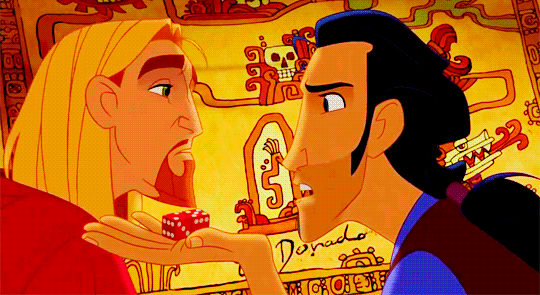
So in this case the film constructs a fictional nation (taking after the Spanish legend of a rich king/city/empire known as El Dorado) and indulges in the tired trope of Europeans being mistaken for gods by the native people. While it does depict, for example, the Mesoamerican ball game, it sounds like this film frankly indulges in a lot of extremely tired shit, and is firmly rooted in coloniser perspectives even as it sets up its protagonists against Cortés. Which is quite a shame, because the clips I’ve seen look quite charming; in any case, the critics were not impressed and the film was mostly forgotten.
This blow was not decisive for the traditional-animation side of Dreamworks, though their CG department was starting to take off with juggernaut franchises like Shrek. Their next traditionally animated film is, of all things, a horse-movie fable also dealing with the genocidal expansion of America, titled Spirit: Stallion of the Cimarron.
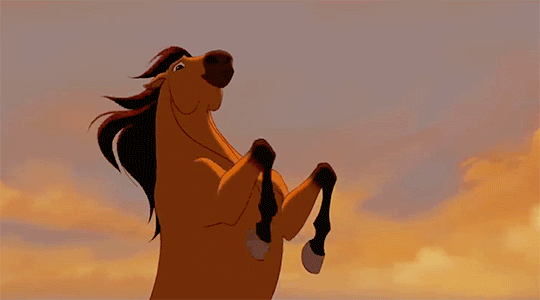
Now, let’s talk about horses. (Destroying any chance I have to escape the horse jokes.) Horses are among the most notoriously difficult animals to draw, let alone animate: their limbs seem disproportionate, their movements involve the whole body in complex ways. I have seen many animated films in historical settings whose horses are boxy, move stiffly, or don’t quite seem to have the weight and physicality of the real animal, even if the rest of the film is really good. (Sword of the Stranger, for example, fell down in its horse scenes.)
So who do you call when you want to make an entire movie dependent on the ability to create horses who are as expressive and emotional as any human character? Well, James Baxter obviously. If you’ve ever wondered why Baxter was invited to animate himself as a horse on his episode of Adventure Time, it’s because he spent years teaching himself every nuance of horse movement until he could animate horses better than anyone in history, for this movie.
Like honestly, look at this. Unreasonable.
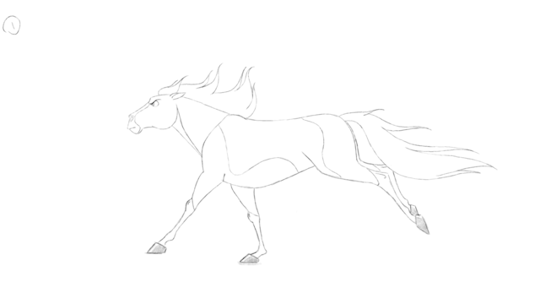
The skill that most makes me jealous of Baxter is his unbelievable intuition of moving characters in 3D space with consistent shapes and volumes. Of course, working on this movie, he had some CG assistance (unlike The Lion King, where he broke down a circle into perspective segments), but I know from experience that going from a rough CG perspective aid to a fully expressive drawing is an enormous challenge for much shorter cuts.
(‘course, it wasn’t just Baxter; popping onto sakugabooru I find a list of animators including james baxter, william salazar, bruce ferriz, cinzia angelini, jakob jensen, joe achorn and scott wright all contributing to making the horses move good.)
OK, enough salivating over animation; what’s this movie actually about? Well, it’s horse movie tropes: you have the horse that can’t be tamed, representing the wilderness which is being destroyed by the advance of American armies. Spirit, a wild stallion doing his herd-ly duties, is captured by the US army during their westward expansion, but when he proves untamable, faces death; he is freed from captivity by a Lakota man named Little Creek. The two of course face distrust but well, it’s a horse movie, you can probably guess where this is going. (Incredible animation in service of a fairly rote plot does seem to be the fatal flaw of a lot of these Dreamworks movies).
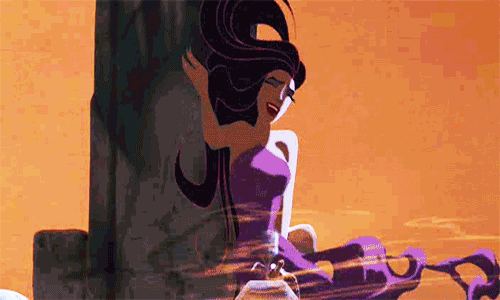
A year later - meaning its animation was concurrent with Spirit, and Baxter was not involved, so this isn’t really a Baxter night - Dreamworks sent out a pirate movie! (It seems something of a shame not to exhibit this alongside Disney’s take on the concept of Treasure Planet, but that will have to wait for another day…) In it, the legendary sailor Sinbad - here interpreted as a pirate with the gay rivalry that Dreamworks loves to put in their movies, though tbf I’m going off the first five minutes which is all I’ve seen - gets sent on a mystical quest by the goddess Eris (hey @grubhonker they put you in a movie!).
Technically, this movie stands as the last time Dreamworks set about mixing 2D and 3D animation, which means, sadly, that we have a lot of really quite incredible 2D animation and some rather dated CGI. My attention was caught by a clip of the opening fight (in this 45 minute youtube video essay, I may have had a problem), a complex multi-layered sequence involving many long shots of pirates fighting each other in a chaotic melee, but still choreographed clearly enough to show their individual personalities.
From this scene, things get increasingly supernatural as ‘giant woman’ Eris swoops in to assign Sinbad his mission. I don’t necessarily have space here to go into the depths of the Sinbad legend (originally Sinbad the Sailor was a character in later versions of the 1001 Arabian Nights, who turned into a popular film character seeing a number of interpretations
It’s definitely at the silly end of swashes being buckled, but it offers a tantalising glimpse at what could have been if American traditional animation had been allowed to shed some of its Disney child-appeal trappings and try at some of the same territory as anime.
But, of course, instead both Dreamworks and Disney pulled the plug on traditional animation after a series of poor showings (blaming the public being no longer interested in 2D animation, and not a series of bad writing and direction decisions)… and we’re well into the CG/toonboom/flash-puppet animation only era now in America. Luckily the same is not true in Japan, France, or indeed now China.
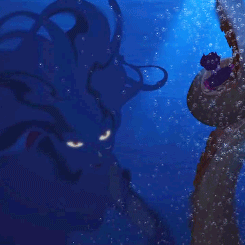
So tonight I’m going to show you two movies from this era of Dreamworks (Spirit and Sinbad), and also the James Baxter episode of Adventure Time, because it will be cute to watch after Sinbad. We’ll be starting almost as soon as I post this; hope you can join me to indulge in some horses and swashbuckling and appreciate some flawed but, hopefully nevertheless quite fun sakuga juice…
Animation Night 43 will be starting pretty much right now at twitch.tv/canmom, see ya in there!
Comments